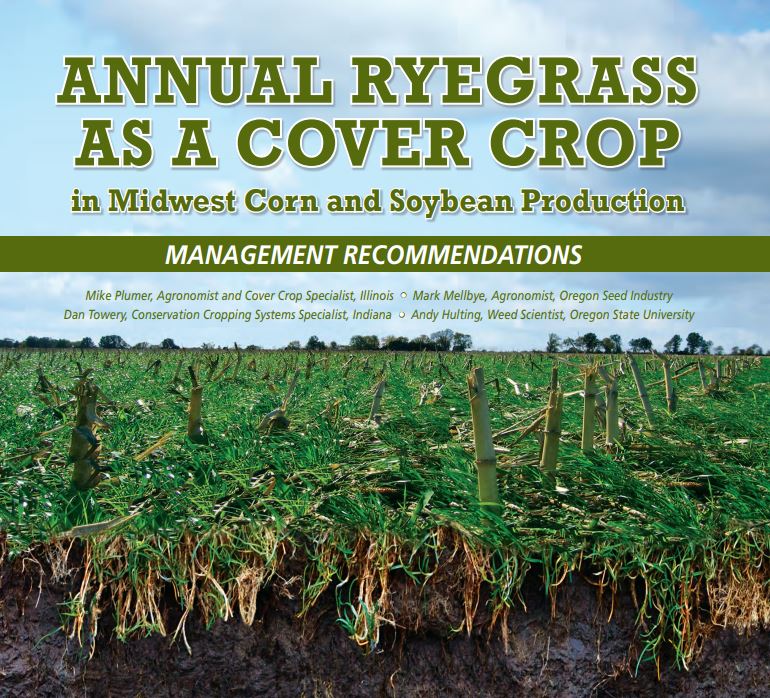
The days are long over for merely taking in what some trade show educator tells you and then applying it to your farm! You’ve learned how to take the guess work out of some of the things that used to be stumpers. Even taking your neighbor’s word for it comes with a grain of salt anymore, because the nature and condition of each farm acre is different.
Computers, GPS and soil testing have aided in our understanding of crop behavior, including what’s going on underground. In recent years, knowing the importance of microbiology in crop production has helped to improve soil health while also improving a farm’s balance sheet.
Cover crops provide residue (carbon) on the surface that keeps weeds down, releases stored nitrogen up to the next crop, and prevents soil heating, thus promoting a healthy environment for microbes, bacteria and fungi in the topsoil. The roots of old, terminated cover crops continue to give up food for biological life while adding to the organic matter of the soil.
While there are enough success stories out there to feel confident that cover crops are not a big risk. After all, many thousands have tried annual ryegrass and other cover crops, including cereal rye, and decided after a few years that they were going ALL IN, planting 100 percent of their acres in cover crops.
Regardless of what others did, however, starting out with a cover crop for the first time is a challenge. So, most transitioning to conservation tillage start with a small chunk of land before committing to plant the whole farm that way.
Once you see what changes occur on that test acreage, you’ll find out that managing annual ryegrass and other covers is not exceedingly difficult. You’ll also discover that the benefits, the savings and the profits warrant a bigger commitment.
